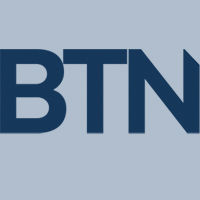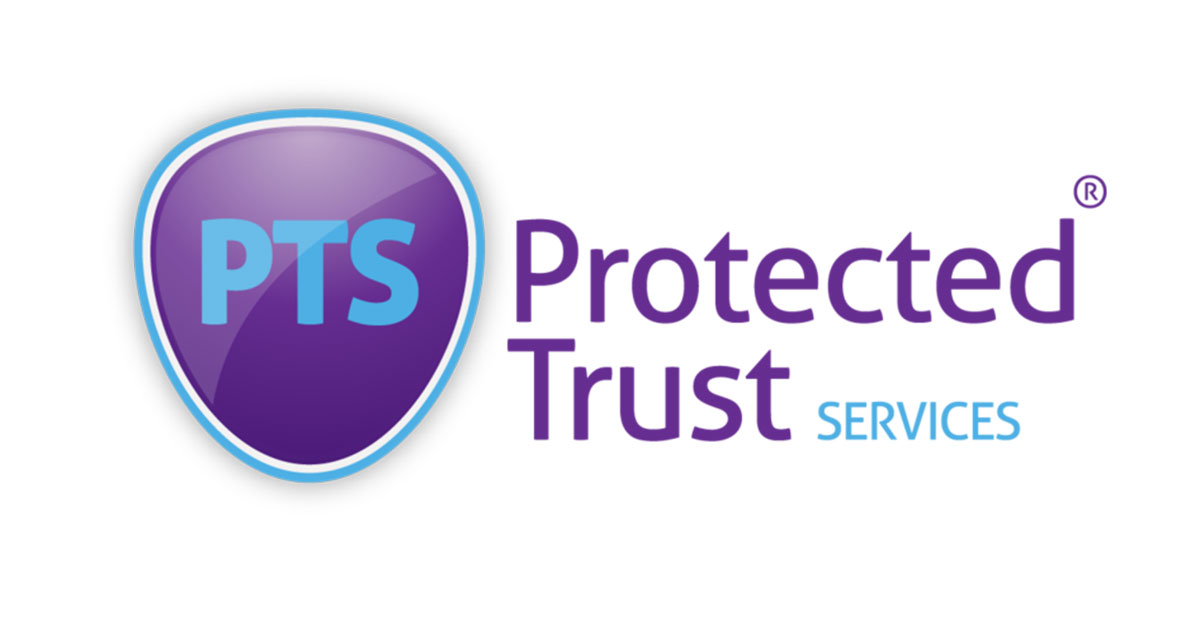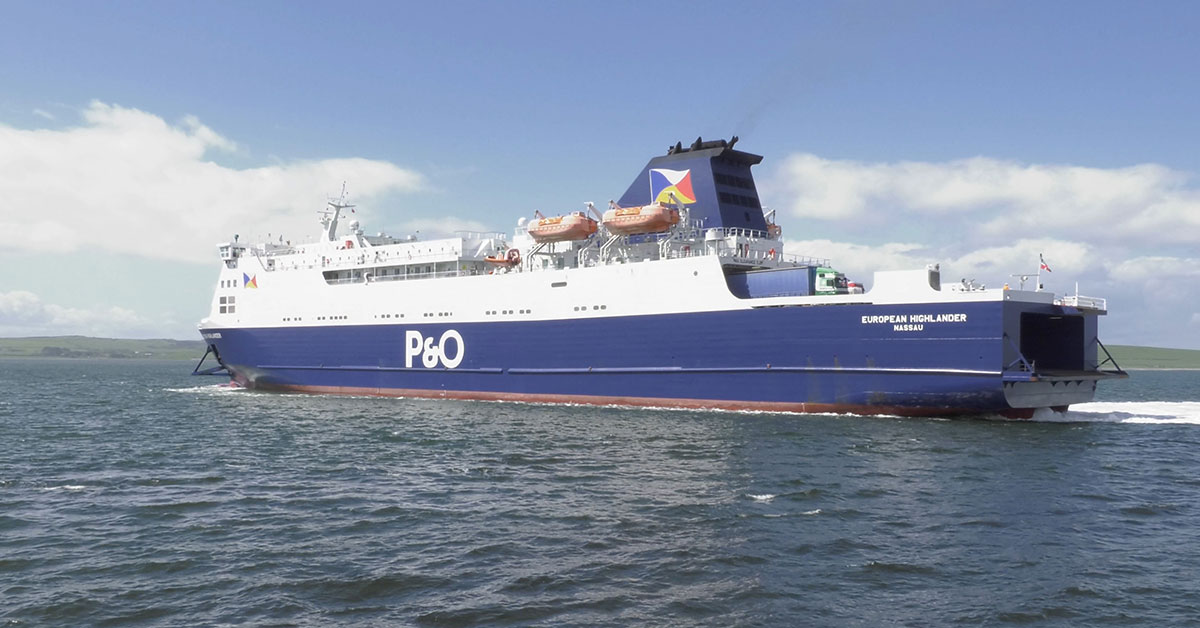American, United: Demand Stays Strong But Big Corps. Still Lagging
Air demand, especially leisure and unlike typical historical patterns, has remained strong into September and has not slowed after summer, executives from American Airlines and United Airlines said Wednesday during Cowen’s Global Transportation and Sustainable Mobility Conference.

Air demand, especially leisure and unlike typical historical patterns, has remained strong into September and has not slowed after summer, executives from American Airlines and United Airlines said Wednesday during Cowen’s Global Transportation and Sustainable Mobility Conference.
“It does not appear that summer has come to an end,” United SVP of global network planning and alliances Patrick Quayle said. “[Demand] is that strong.”
Leisure continues to lead that demand, with bookings in September for Mexico, the Caribbean and Europe “the same as in summer,” he said. The booking curve also has elongated, and the company is seeing strong yields and demand for premium economy.
“The absolute number of passengers is down versus 2019,” Quayle said, but “the revenue is actually in line or higher than 2019 just because yield has gotten so strong.”
Prior to the conference, United released slightly upgraded guidance for the third quarter, with capacity compared with 2019 down between 10 percent and 11 percent versus the higher end of that range, operating revenue tweaked up one percentage point to 12 percent higher than in 2019, and an adjusted operating margin of 10.5 percent versus the previous estimate of 10 percent.
American CEO Robert Isom echoed the continuing demand sentiment, saying that past Labor Day, “our leisure bookings remain strong” and “our business bookings remain strong.” He added that the carrier’s second-quarter domestic business travel revenue was at about 105 percent of 2019 levels, but that it has been “pushed by small and medium-sized businesses.”
The SMEs have “outperformed corporates,” which are about 75 percent recovered in terms of revenue, Isom said. But he said companies returning to offices would trigger demand.
“I think all corporate travel managers would like to have more of their team members back in the office,” Isom said. “As soon as people get back in the office, the sooner they’re going to get out on the road. That is a phenomenon that we see.”
United’s Quayle concurred, saying there is opportunity for upside “because of the pent-up demand for travel on the leisure front as well as people are being ordered back in the office. When you layer that in going forward, that’s going to produce, again, really strong yields.”
The way people travel, though, has changed, Isom said, adding that trips that previously would have been called corporate travel now are blended trips. “It’s a little bit of a murky picture in terms of the split between corporate and small and medium-sized businesses and blended leisure travel,” he said.

 JaneWalter
JaneWalter 






























